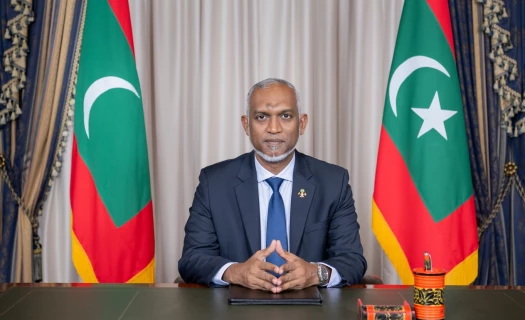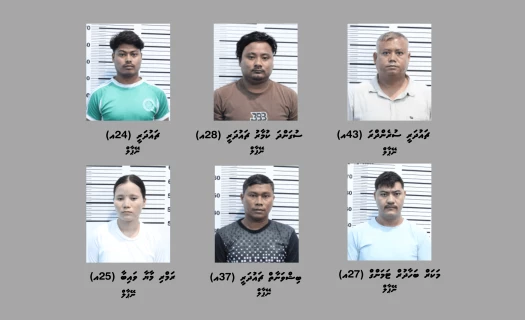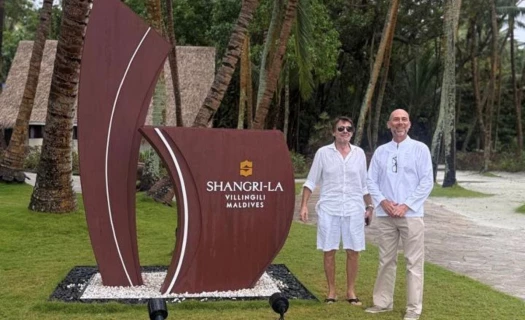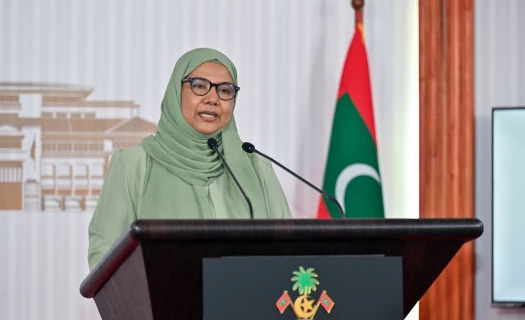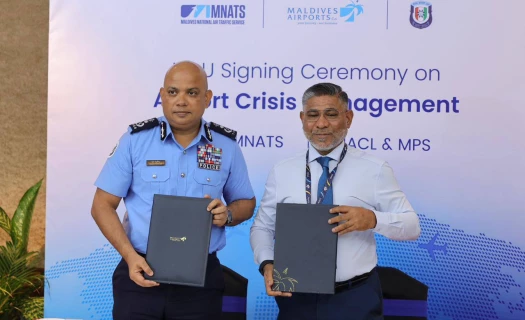An Untold Story - The Lost People of Giraavaru

Who were the Giraavaru People?
Said to be the earliest community of the Maldives, the "Giraavaru people", now lost in history, were a small indigenous minority that was significantly different from the rest of the Maldive islanders.
It is estimated that their presence predates Buddhism - their origins go all the way back to the Sangam Period (300BC-300AD) as they are said to be descendants of ancient Tamils from Northwestern shores of Sri Lanka and Southwestern coast of India.
Giraavaru Island is situated on the Western side of the lagoon in the Northern Male' Atoll, and it is said to have been much bigger, and was home to some exquisite buildings and temples - this is backed up by the surrounding lagoon as the conditions prove the existence of these structures.
While it is assumed that the name "Giraavaru" comes from the word "Giraa" meaning "Eroding" in Dhivehi, the origin of the name remains unclear. Due to the word "Varu" being a commonly used term in Sinhala to refer to a certain group of people, it is also said that the name could have originated from a community of people known as "Giraa".
What made them so unique?
Up until the 20th century, the Giraavaru people displayed significant differences which easily separated them from the rest.
Their vocabulary was different, and they had a very unique dialect which was rather strange for a community that lived not so far from Male'. For example, they used the sound "lh" instead of the sound "r".
While they were considered to be of lower social status by the more popular Maldivians, they had a very rich culture that was preserved for a long while despite the efforts made to wipe them out, which eventually did succeed.
Dance and music were very significant to their culture, as that was their way of preserving their folklore. It is said that their songs and dances told stories of how Male' was discovered, and of their time in Andaman, the Cannibal Isle.
Their community was always ruled by a woman, which was especially noteworthy as this was back in a time where it was default for men to be in rule in Maldives.
The Giraavaru people were strictly monogamous, and did not permit divorce while the rest of the Maldivians were polygamous as per Islamic values.
The women of Giraavaru had unusual jewelry that were exclusive just to them; tiny blue bead necklaces which no other community wore, and a number of four or five silver bangles on each wrist. They wore their hair in a bun on the left side of their head, and while their attire was similar to the other Maldivians, there were noticeable differences.
Giraavaru people did not travel to any island other than Male', and strictly preserved their racial characteristics intact for a very long time.
Displacement of the Giraavaru people
The Giraavaru People claimed themselves to be the ancient rulers and owners of the Maldives - according to them, they allowed Koimala Kalo, a visiting foreign prince, to settle on the neighbouring island, Male'. However, the descendents of these foreign settlers eventually took over and forced the Giraavaru people under their rule by taking advantage of their environmental conditions.
Sadly for them, in 1968, under an Islamic regulation, they were forced out of their precious island as according to the rule, the presence of 40 adult males were a must in order to carry out the Friday prayers.
Due to the written constitution adopted in 1932, which did not recognize the customary rights of the indigenous Giraavaru people, any rights they had under the rule of the Sultans were no longer relevent, and they were ferried out to Hulhule' Island.
Despite being forced to live in Hulhule' with people from Vilingili, Kaafu Atoll, and Huvadhoo Atoll, the Giraavaru people lived separately and kept doing their hardest to preserve their culture.
However, they were displaced again in the 1970s, when they were moved to Male', where eventually, they were lost as the Giraavaru youth got pulled into the modern Male' culture and forgot their roots.
Despite the efforts made by the elder Giraavaruans to keep their culture and traditions intact, Giraavaru People now remain as a mere story, lost and untold - it is truly a tragedy that despite the importance of these people to the Maldivian history, they are not taught about enough in schools or anywhere elsee
It is truly disheartening to realize that future generations of Maldivians will remain unaware of the stories of the Giraavaru people. The lack of efforts to preserve their legacy and share their narratives is a profound injustice.


